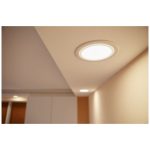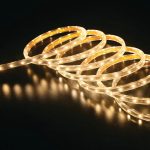LED Light Bulbs: A Comprehensive Guide on How to Choose the Right One

Light-emitting diode (LED) light bulbs are becoming increasingly popular as an energy-efficient alternative to traditional incandescent bulbs. Not only do they consume less energy, but they also have a longer lifespan and emit less heat. However, with so many options available on the market, it can be challenging to know which LED light bulb is the right one for your needs. This comprehensive guide will provide you with all the information you need to make an informed decision when choosing an LED light bulb. When choosing an LED light bulb, there are several factors to consider, such as the brightness, color temperature, wattage, and bulb shape. Additionally, there are different types of LED light bulbs, including dimmable and non-dimmable bulbs, and bulbs with different bases, such as screw-in, bayonet, and pin. This guide will explain each of these factors in detail and provide you with the knowledge necessary to choose the LED light bulb that best suits your needs. Whether you’re looking to save money on your energy bill, reduce your carbon footprint, or create a specific ambiance in a room, this guide has everything you need to know to choose the right LED light bulb.
LED light bulbs are a modern lighting solution that have gained popularity in recent years due to their energy efficiency and longevity. LED, which stands for Light Emitting Diode, is a semiconductor device that emits light when an electric current passes through it. LED light bulbs are designed to fit into traditional light fixtures and come in various shapes and sizes. They use up to 80% less energy than traditional incandescent bulbs, and they can last up to 25 times longer. LED bulbs also produce less heat, making them a safer option. They are available in a range of colors and brightness levels, making them suitable for a variety of uses, from task lighting to mood lighting. Choosing the right LED light bulb depends on factors such as the color temperature, lumens, and wattage, which can all affect the mood and atmosphere of a room.
LED light bulbs have become increasingly popular in recent years due to their numerous benefits. First and foremost, they are energy-efficient, consuming very little electricity compared to traditional incandescent bulbs. This results in lower electricity bills and a positive impact on the environment. LED bulbs also have a longer lifespan, lasting up to 25 times longer than incandescent bulbs, which means less frequent replacements and maintenance. Additionally, LED bulbs emit less heat, making them safer to use and reducing the risk of fire hazards. They are also available in a variety of colors and brightness levels, allowing for customization and flexibility in lighting design. Overall, switching to LED light bulbs can save you money, reduce your carbon footprint, and provide a safer and more customizable lighting solution.
Understanding LED Light Bulbs
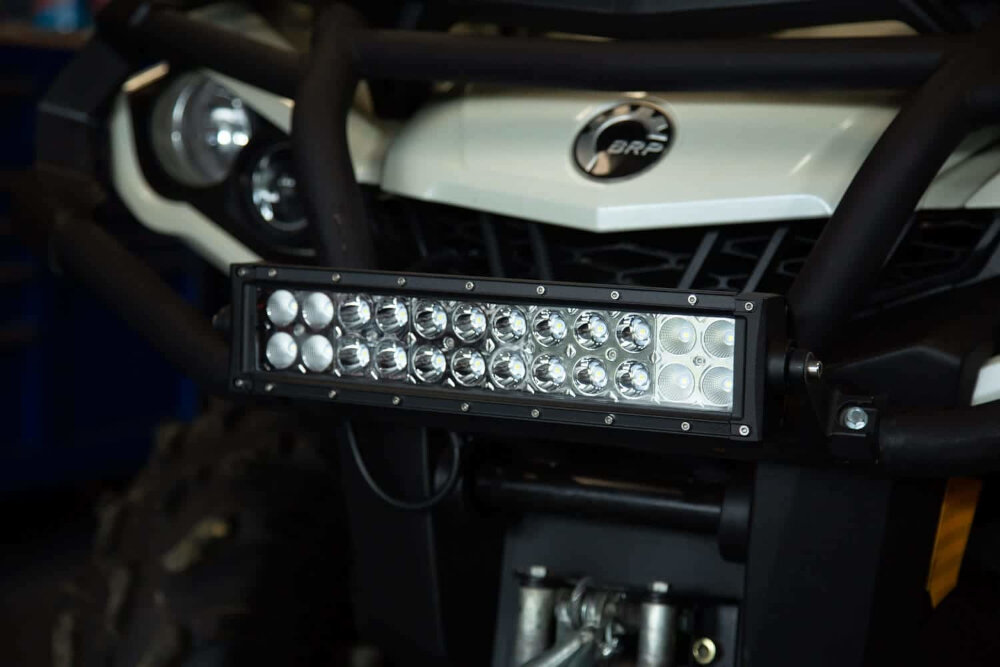
LED light bulbs have become increasingly popular in recent years, replacing traditional incandescent bulbs and compact fluorescent bulbs. LED stands for “light-emitting diode,” and these bulbs use a semiconductor to convert electricity into light. Compared to traditional bulbs, LED bulbs are much more energy-efficient, last longer, and produce less heat. They are also available in a wide variety of colors and brightness levels, making them extremely versatile for both residential and commercial use. One of the key benefits of LED light bulbs is their energy efficiency. LED bulbs use up to 80% less energy than traditional incandescent bulbs, which can result in significant cost savings on your electricity bill. Additionally, LED bulbs have a much longer lifespan than traditional bulbs, with some models lasting up to 25,000 hours or more. This means that you will need to replace your bulbs much less frequently, which not only saves you money but also reduces the amount of waste that ends up in landfills. With so many benefits, it’s no wonder that LED light bulbs have become the go-to choice for lighting in homes and businesses around the world.
LED light bulbs are a modern and energy-efficient alternative to traditional incandescent bulbs. LED stands for \light-emitting diode,\ a semiconductor device that emits visible light when an electric current passes through it. The LED is enclosed in a small plastic bulb, which is then mounted onto a circuit board. When the bulb is turned on, an electrical current is passed through the LED, causing it to emit light. Unlike incandescent bulbs, which produce light by heating a filament, LED bulbs produce light through a process called electroluminescence. This process allows LED bulbs to consume less energy and emit less heat than traditional bulbs, making them a more environmentally friendly and cost-effective option for lighting.
When it comes to lighting, LED bulbs offer significant advantages over traditional incandescent or fluorescent bulbs. Unlike incandescent bulbs, which generate light by heating a filament, LED bulbs produce light by passing an electric current through a semiconducting material. This means they use significantly less energy to produce the same amount of light, resulting in savings on energy bills. LED bulbs also last much longer than traditional bulbs, with lifespans of up to 25,000 hours or more. Additionally, LED bulbs are more environmentally friendly, as they do not contain hazardous materials like mercury found in fluorescent bulbs. Overall, LED bulbs provide a more efficient, cost-effective, and eco-friendly lighting solution.
There are various types of LED light bulbs available in the market, ranging from traditional A-shaped bulbs to more specialized bulbs for specific applications. A-shaped LED bulbs are similar in shape to traditional incandescent bulbs and are suitable for general lighting in homes and offices. Globe bulbs are ideal for decorative lighting, while candelabra bulbs are perfect for chandeliers and other decorative fixtures. Floodlights and spotlights are ideal for highlighting specific areas, while strip lights are great for under-cabinet lighting and accent lighting. Additionally, there are also smart LED bulbs that can be controlled remotely from a smartphone or home automation system, making them a popular choice for those looking to add convenience and energy efficiency to their homes.
Factors to Consider When Choosing LED Light Bulbs
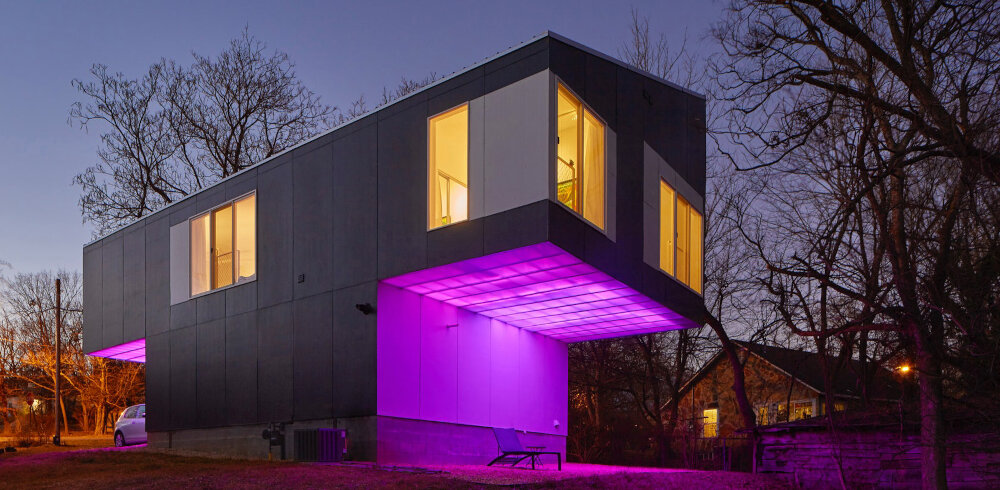
When it comes to choosing LED light bulbs, there are several factors to consider in order to ensure that you make the right choice. One of the most important factors is the brightness of the bulb. The brightness of an LED light bulb is measured in lumens, and the higher the number of lumens, the brighter the bulb will be. It is important to choose an LED bulb with the appropriate number of lumens for the space you will be using it in, as a bulb that is too bright can be unpleasant and uncomfortable, while a bulb that is too dim may not provide enough light. Additionally, it is important to consider the color temperature of the bulb, as this can have an impact on the overall ambiance of the space. Bulbs with a color temperature of 2700K-3000K are generally considered to be warm and cozy, while bulbs with a temperature of 4000K-5000K are cooler and more energizing. Another important factor to consider when choosing LED light bulbs is the shape and size of the bulb. LED bulbs are available in a variety of shapes and sizes, including standard, globe, and candelabra. It is important to choose a bulb that is the appropriate size and shape for the fixture it will be used in, as using the wrong size or shape can result in poor lighting performance and even damage to the fixture. Additionally, it is important to consider the quality of the bulb, as this can have an impact on its lifespan and overall performance. LED bulbs with a higher quality rating generally last longer and provide better performance than lower quality bulbs, making them a better long-term investment.
Lumens are the measurement of brightness, and it is one of the most important factors to consider when choosing the right LED light bulb. The higher the number of lumens, the brighter the light bulb will be. For instance, a 60-watt incandescent light bulb produces around 800 lumens, while a 100-watt bulb produces 1600 lumens. However, with LED light bulbs, you can achieve the same brightness with fewer lumens, and this is because LEDs are more efficient in producing light. Therefore, it is essential to consider the lumens when choosing the right LED light bulb for your home or office.
Color temperature is an important factor to consider when choosing LED light bulbs. It refers to the hue of the light emitted by the bulb, measured in degrees Kelvin (K). The lower the Kelvin rating, the warmer the light appears, with a yellow-orange glow reminiscent of candlelight. In contrast, a higher Kelvin rating produces a cooler, bluish-white light that is reminiscent of daylight. Choosing the right color temperature can greatly impact the ambiance of a room or space, as well as affect the visual perception of colors in that space. Therefore, it is important to consider the color temperature of LED light bulbs when making a purchase, to ensure that the lighting matches the desired mood and function of the space.
Wattage plays a crucial role in determining the energy efficiency of LED light bulbs. The wattage rating indicates the amount of electricity consumed by the bulb to produce light. Lower wattage LED bulbs consume less electricity, thus providing higher energy efficiency. It is important to note that wattage alone does not determine the brightness of the bulb. Rather, the lumens rating measures the brightness of the bulb. Therefore, when choosing the right LED bulb, it is important to consider both the wattage and lumens rating to ensure that the bulb provides the desired brightness while also being energy efficient.
When considering LED light bulbs, it is important to ensure that they are compatible with your existing fixtures and dimmers. LED bulbs come in a variety of shapes and sizes, so it is important to check the specifications of the bulb to ensure that it will fit properly in your fixtures. Additionally, not all LED bulbs are compatible with all types of dimmers. Some LED bulbs require specific dimmers or may not be dimmable at all. It is important to do your research and read the packaging or consult with a lighting professional to ensure that you are purchasing LED bulbs that are compatible with your fixtures and dimmers, in order to avoid any potential issues or compatibility concerns.
When considering purchasing LED light bulbs, it is important to take into account both the lifespan and the warranty of the product. The lifespan of an LED bulb can vary greatly depending on factors such as usage, quality, and brand. However, on average, LED bulbs have a lifespan of around 25,000 hours. This means that if you were to use the bulb for 3 hours every day, it would last for over 22 years. Additionally, it is important to look at the warranty offered by the manufacturer. A longer warranty can provide peace of mind and ensure that you are protected in case of any defects or issues with the product. It is recommended to choose LED bulbs with a warranty of at least 3 years, but some brands offer warranties for up to 10 years.
Popular Brands of LED Light Bulbs
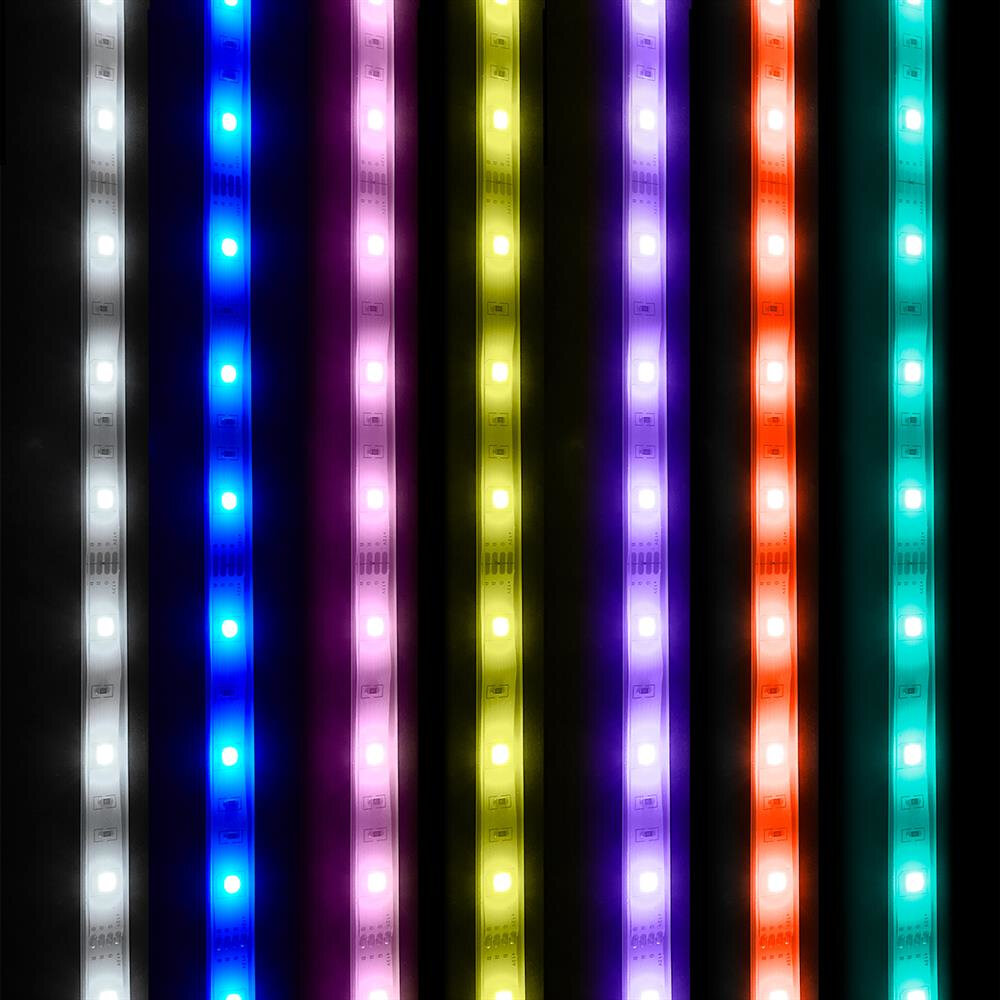
LED light bulbs are becoming increasingly popular due to their energy efficiency and longevity. As a result, many companies have jumped on the LED bandwagon and started producing LED light bulbs. Some of the most popular brands of LED light bulbs include Philips, Cree, and GE. Philips is a well-known brand that produces high-quality LED light bulbs that are both energy efficient and long lasting. They offer a wide range of LED bulbs, including dimmable, flood, and spot lights. Philips LED bulbs are also known for their natural light color, making them a great choice for those who want to create a bright and welcoming atmosphere in their home or office. Cree is another popular brand that produces LED light bulbs. They are known for their high-quality bulbs that offer excellent color rendering and brightness. Cree LED bulbs are also dimmable, making them a great choice for those who want to create a cozy and inviting atmosphere in their home. Additionally, Cree offers a range of LED bulbs that are designed to last for up to 25,000 hours, making them a great choice for those who want to save money on their energy bills in the long run. GE is another popular brand that produces LED light bulbs. They offer a wide range of options, including dimmable, flood, and spot lights. GE LED bulbs are also known for their long life span and energy efficiency, making them a great choice for those who want to save money on their energy bills while still enjoying bright and beautiful light in their home or office.
Philips is a reputable brand that offers a wide range of LED light bulbs. Their products are known for their high-quality and energy efficiency. Philips LED bulbs are available in different shapes, sizes, and color temperatures to suit various lighting needs. Philips also offers smart bulbs that can be controlled through a mobile application. These bulbs can be dimmed and adjusted to create the perfect ambiance for any room. The brand is committed to sustainability and has developed LED bulbs that are recyclable and contain no hazardous materials. Philips LED bulbs are a great choice for anyone looking for durable and efficient lighting solutions.
Cree is a well-known brand that produces high-quality LED light bulbs. Their products are renowned for their energy efficiency and long lifespan, making them an excellent choice for those looking to save money on their energy bills. Cree’s LED bulbs come in a variety of shapes and sizes, and they are suitable for a wide range of applications, such as residential, commercial, and outdoor lighting. Additionally, Cree’s LED bulbs emit a warm and natural light that closely resembles the color of incandescent bulbs, making them an ideal replacement for traditional light sources. Overall, if you’re looking for a reliable and efficient LED light bulb, Cree is definitely a brand worth considering.
General Electric (GE) is a renowned American multinational company that has been leading the lighting industry for more than a century. Their extensive research and development in the field have led to the creation of high-quality LED light bulbs that are energy-efficient and long-lasting. GE offers a wide range of LED bulbs that cater to different needs, from bright white light for task-oriented spaces to warm, cozy light for relaxing areas. With their commitment to sustainability and innovation, GE has become a trusted brand for consumers seeking quality and eco-friendly lighting solutions. Choosing GE LED light bulbs is a smart choice that not only saves you money but also benefits the environment.
Sylvania is a renowned brand that has been producing high-quality lighting products for over a century. They are known for their innovative and energy-efficient LED light bulbs that cater to various needs and applications. Sylvania’s LED bulbs are available in a wide range of color temperatures, brightness levels, and shapes, making them suitable for different settings, including homes, offices, and commercial spaces. Their bulbs are also designed to be long-lasting, which means that they are a cost-effective option in the long run. With Sylvania’s commitment to quality and sustainability, you can be sure that you are investing in a reliable and eco-friendly lighting solution.
How to Install LED Light Bulbs
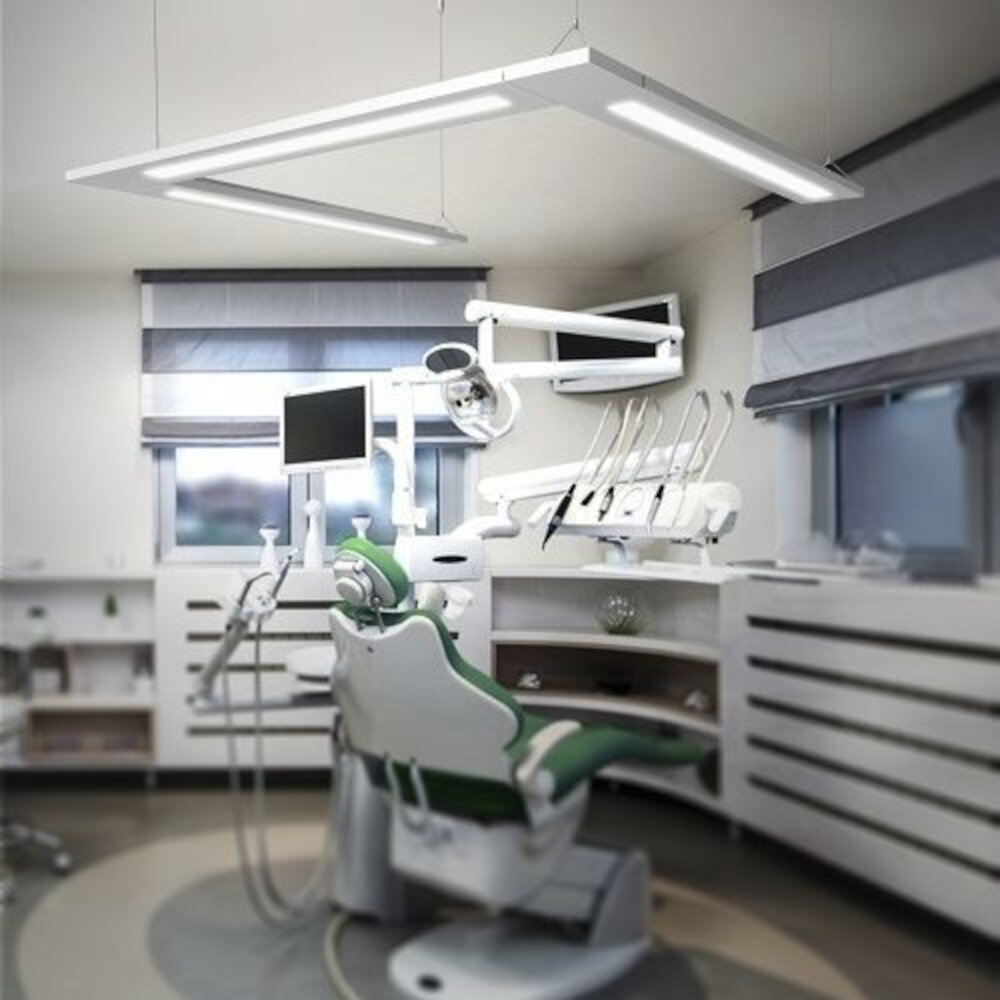
Installing LED light bulbs is a simple process that can be done by anyone. The first step is to make sure the bulb you have chosen is compatible with your fixture. LED bulbs come in different shapes and sizes, so you need to ensure you have the right one. Once you have confirmed this, turn off the power to the fixture by flipping the switch or turning off the circuit breaker. Next, remove the old bulb from the fixture by gently twisting it counterclockwise. Then, take the LED bulb and insert it into the socket by gently twisting it clockwise until it is secure. Turn the power back on and test the bulb by turning on the switch. If the bulb does not turn on, turn off the power and check the connection to ensure it is secure. Overall, installing LED light bulbs is a straightforward process that can make a significant difference in energy efficiency and cost savings. LED light bulbs are a great investment for anyone looking to save money on their energy bills. Not only are they more energy-efficient than traditional incandescent bulbs, but they also last much longer. LED bulbs can last up to 25 times longer than traditional bulbs, which means you won’t have to replace them as often. They also emit less heat, making them safer to use and reducing the risk of fires. LED bulbs come in a range of colors and brightness levels, making them suitable for a variety of settings. They are also available in dimmable options, allowing you to adjust the brightness to suit your needs. When selecting an LED bulb, be sure to choose one with the appropriate brightness level for your space. Overall, LED light bulbs are a smart choice for anyone looking to save money and reduce their carbon footprint.
Installing LED light bulbs is a simple process that can be done in just a few steps. Firstly, make sure that the power is turned off before removing any existing light bulbs. Next, determine the correct size and fitting for your LED bulbs and purchase them accordingly. Then, gently insert the LED bulbs into the socket and twist until they are securely in place. Finally, turn the power back on and enjoy your new energy-efficient lighting. LED light bulbs come in a variety of shapes, sizes, and colors, so be sure to choose the right one that suits your needs and preferences. With their long lifespan and low energy consumption, LED bulbs are a smart and sustainable choice for any household.
When installing LED light bulbs, it is essential to take safety precautions to avoid accidents and ensure a successful installation. Firstly, always turn off the power supply to the light fixture or switch off the circuit breaker before handling the bulb. Secondly, wear protective gloves to avoid cutting your hands or getting burnt from hot bulbs. Thirdly, ensure that the bulb is compatible with the fixture and use the correct wattage to avoid overheating and fire hazards. Finally, dispose of old or broken bulbs properly, as they contain hazardous materials. By taking these simple precautions, you can enjoy the benefits of LED lighting while ensuring that you and your loved ones stay safe.
The article \LED Light Bulbs: A Comprehensive Guide on How to Choose the Right One\ provides readers with valuable information on how to select the best LED light bulbs for their specific needs. The author discusses the various factors to consider before making a purchase, such as brightness, color temperature, and dimming capabilities. Additionally, the article highlights the importance of identifying the correct bulb shape and base type for your fixtures. The author also touches on the energy efficiency benefits of LED lights, as well as the potential cost savings over time. Overall, this guide serves as an excellent resource for anyone looking to upgrade their lighting to LED technology.
After considering all the factors mentioned in this guide, the final recommendation on how to choose the right LED light bulb is to prioritize energy efficiency and brightness level. Look for bulbs with a high lumens output and a low wattage to save electricity and reduce your carbon footprint. Additionally, choose bulbs with a color temperature that suits your preference and application, whether it’s warm white for a cozy ambiance or cool white for task lighting. Finally, don’t forget to check the bulb’s compatibility with your fixtures and dimming switches to avoid any inconvenience. With these factors in mind, you can confidently select the right LED light bulb that meets your needs and preferences while being eco-friendly and cost-effective.
Conclusion
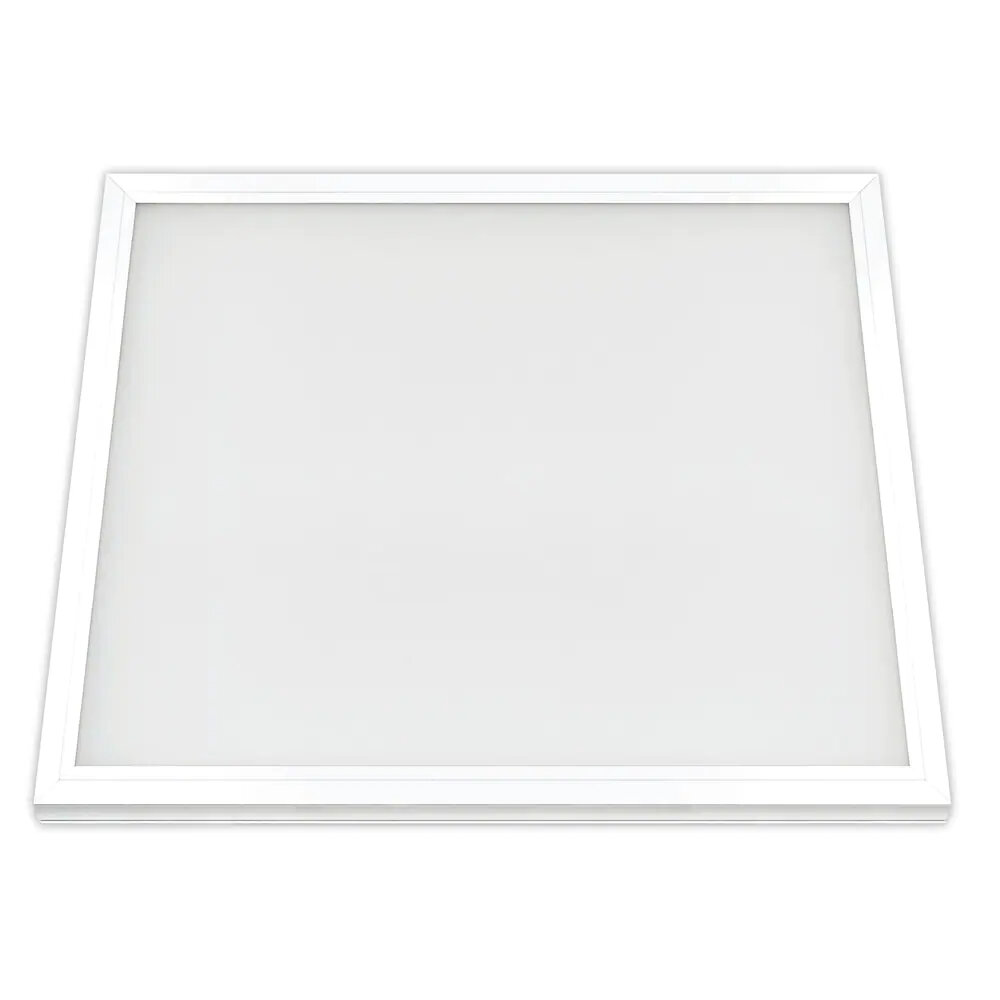
In conclusion, LED light bulbs have revolutionized the way we light up our homes and offices. With their energy efficiency, longevity, and versatility, they are the perfect solution for anyone looking to reduce their energy bills and carbon footprint. However, choosing the right LED bulb can be a daunting task, as there are many factors to consider such as color temperature, wattage, lumens, and compatibility with dimmer switches. Therefore, it is important to do your research and understand your lighting needs before making a purchase. By following the tips and guidelines provided in this comprehensive guide, you can confidently choose the right LED light bulb for your space and enjoy the benefits of modern lighting technology.



